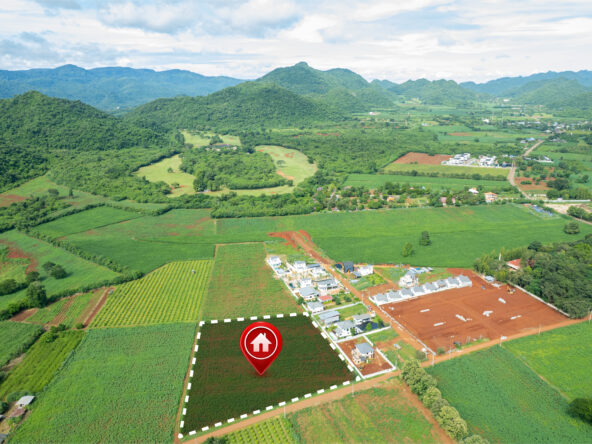I. Introduction
In the realm of agriculture, real estate, and construction, success often hinges on a fundamental but frequently overlooked aspect – soil quality. The significance of understanding and analyzing soil cannot be overstated, as it forms the very foundation upon which various land ventures thrive or falter. In this blog post, we will delve into the intricate world of soil quality analysis, exploring its components, methods, and, most importantly, its profound impact on the success of diverse land-related endeavors.
II. Understanding Soil Quality
Before delving into the methods of soil analysis and their applications, it’s imperative to comprehend what soil quality entails. Soil quality refers to the overall health and fertility of the soil, influenced by its physical, chemical, and biological characteristics. These characteristics include soil texture, structure, pH levels, nutrient content, and organic matter.
Soil texture, determined by the relative proportions of sand, silt, and clay, influences water retention and drainage. The structure, or arrangement of soil particles, affects root penetration and nutrient distribution. pH levels determine soil acidity or alkalinity, crucial for nutrient availability. Nutrient content reflects the soil’s capacity to support plant growth, while organic matter enhances soil structure, water retention, and microbial activity.
Several factors, including climate, topography, and land use history, impact soil quality. The interplay of these elements shapes the unique profile of each patch of land, necessitating tailored approaches to soil analysis.
III. Methods for Soil Analysis
- A. Soil Sampling
Soil sampling is the first critical step in analyzing soil quality. The importance of proper sampling cannot be overstated, as accurate results depend on representative soil samples. Techniques such as grid sampling or composite sampling are commonly employed, considering the size and characteristics of the land.
- B. Laboratory Analysis
Once soil samples are collected, laboratory analysis provides in-depth insights into soil quality. Soil testing involves assessing nutrient levels, pH, and other chemical properties. Interpreting these results guides decisions on soil amendments, fertilization, and other management practices.
- C. On-Site Tools for Quick Assessment
In addition to laboratory analysis, on-site tools offer quick assessments. pH meters, soil moisture sensors, and nutrient testing kits empower landowners to make immediate observations, aiding in timely decision-making.
IV. Significance of Soil Quality in Agriculture
Soil quality directly influences agricultural productivity and sustainability. Crop yield, plant health, and water retention are intrinsically linked to the soil’s composition. Fertile soil enhances nutrient availability, fostering robust plant growth and higher yields. Moreover, soil with adequate organic matter and proper structure prevents erosion and facilitates water absorption, critical for sustainable agriculture.
V. Soil Quality in Real Estate Ventures
Beyond agriculture, soil quality plays a pivotal role in real estate ventures. Construction projects require stable and well-draining soil to ensure the longevity of structures. Landscaping decisions are influenced by soil characteristics, impacting the choice of plants and the overall aesthetics of the property. Soil quality also directly affects property value, making it a crucial consideration for real estate developers and investors.
VI. Sustainable Soil Management Practices
Recognizing the importance of soil quality, sustainable soil management practices are gaining prominence. Crop rotation, cover cropping, and organic farming contribute to soil health by preventing nutrient depletion, enhancing organic matter, and minimizing the need for chemical inputs. These practices not only benefit agriculture but also promote environmental sustainability.
VII. Significance of Soil Quality in Agriculture




